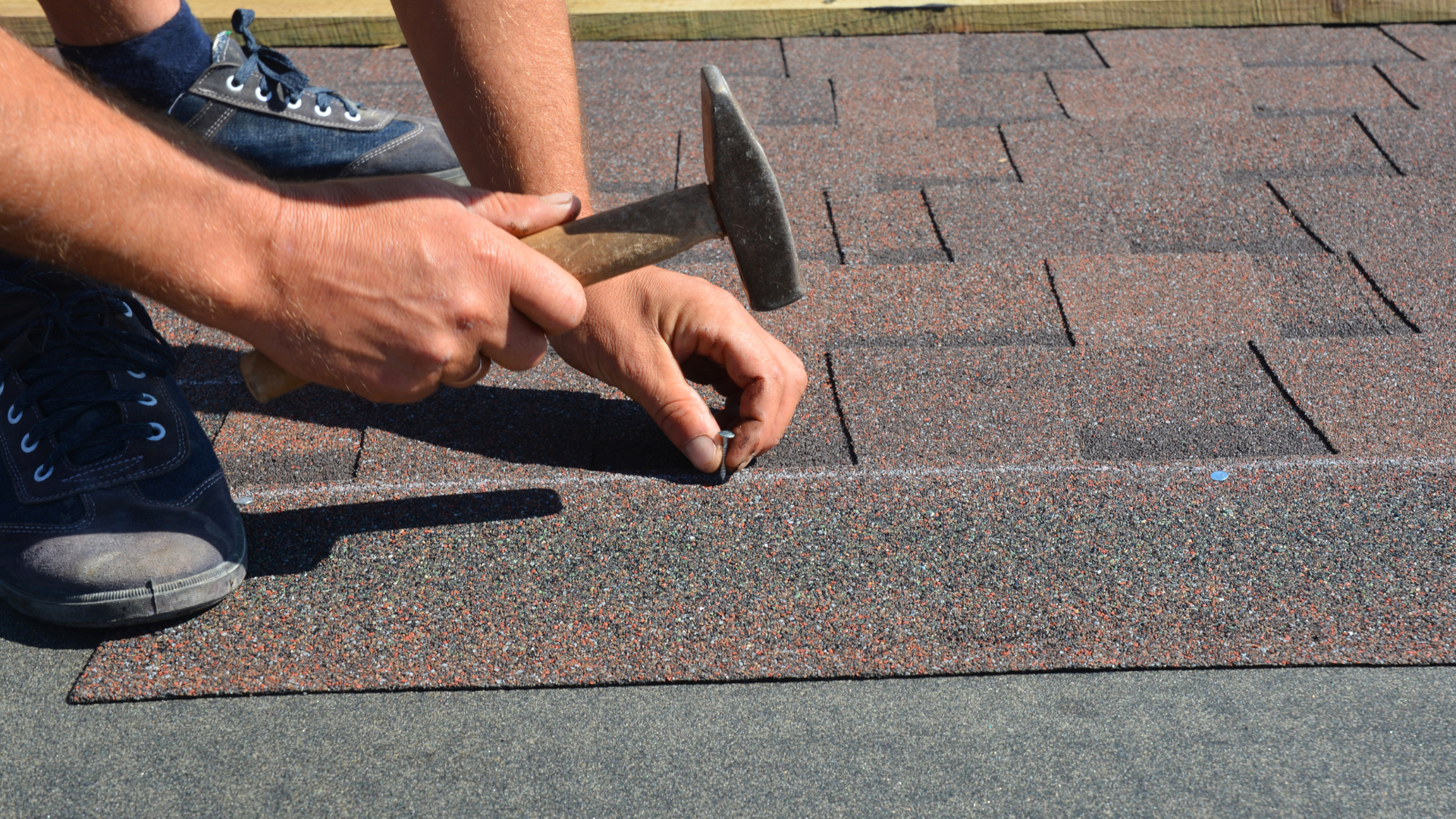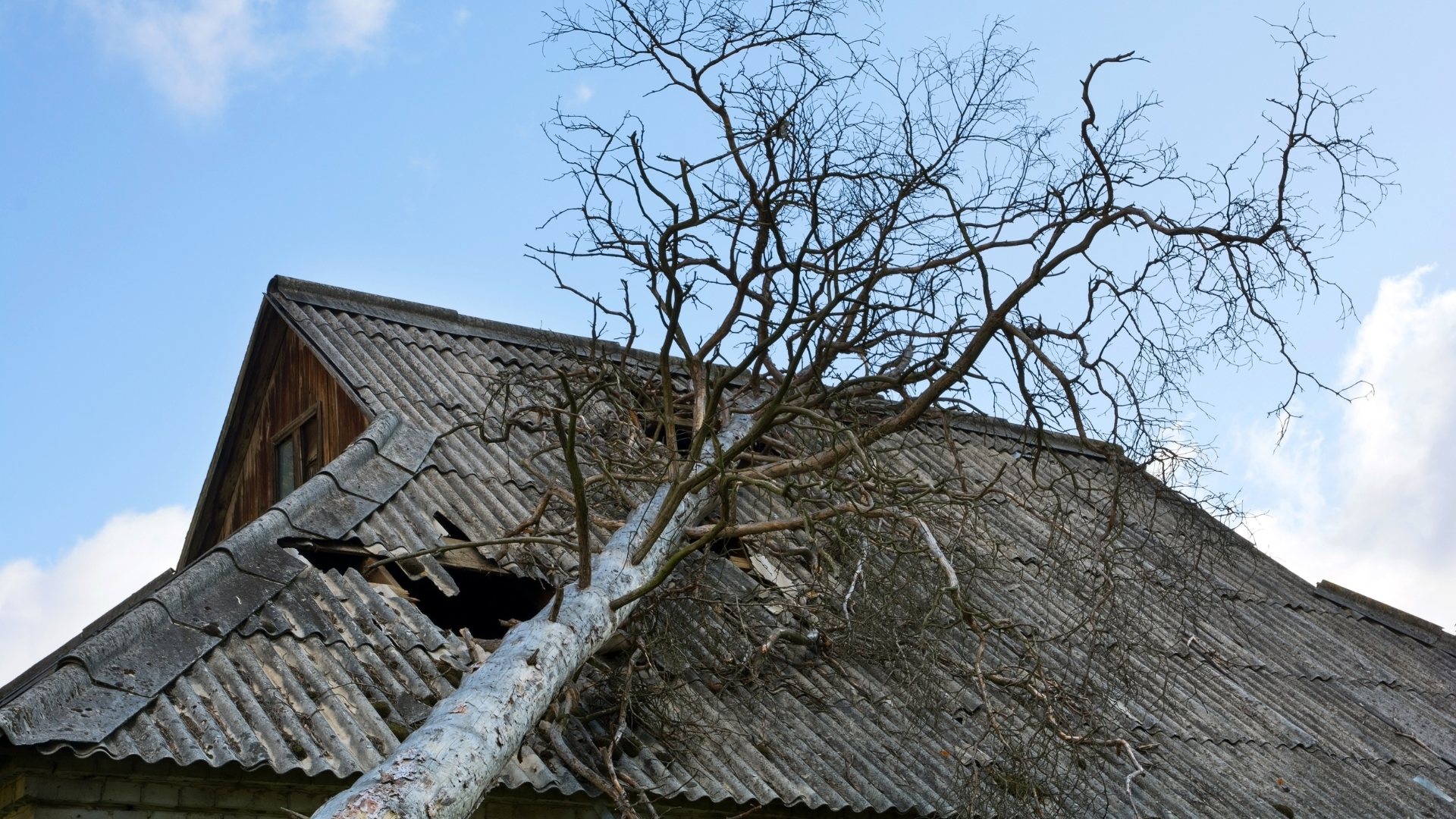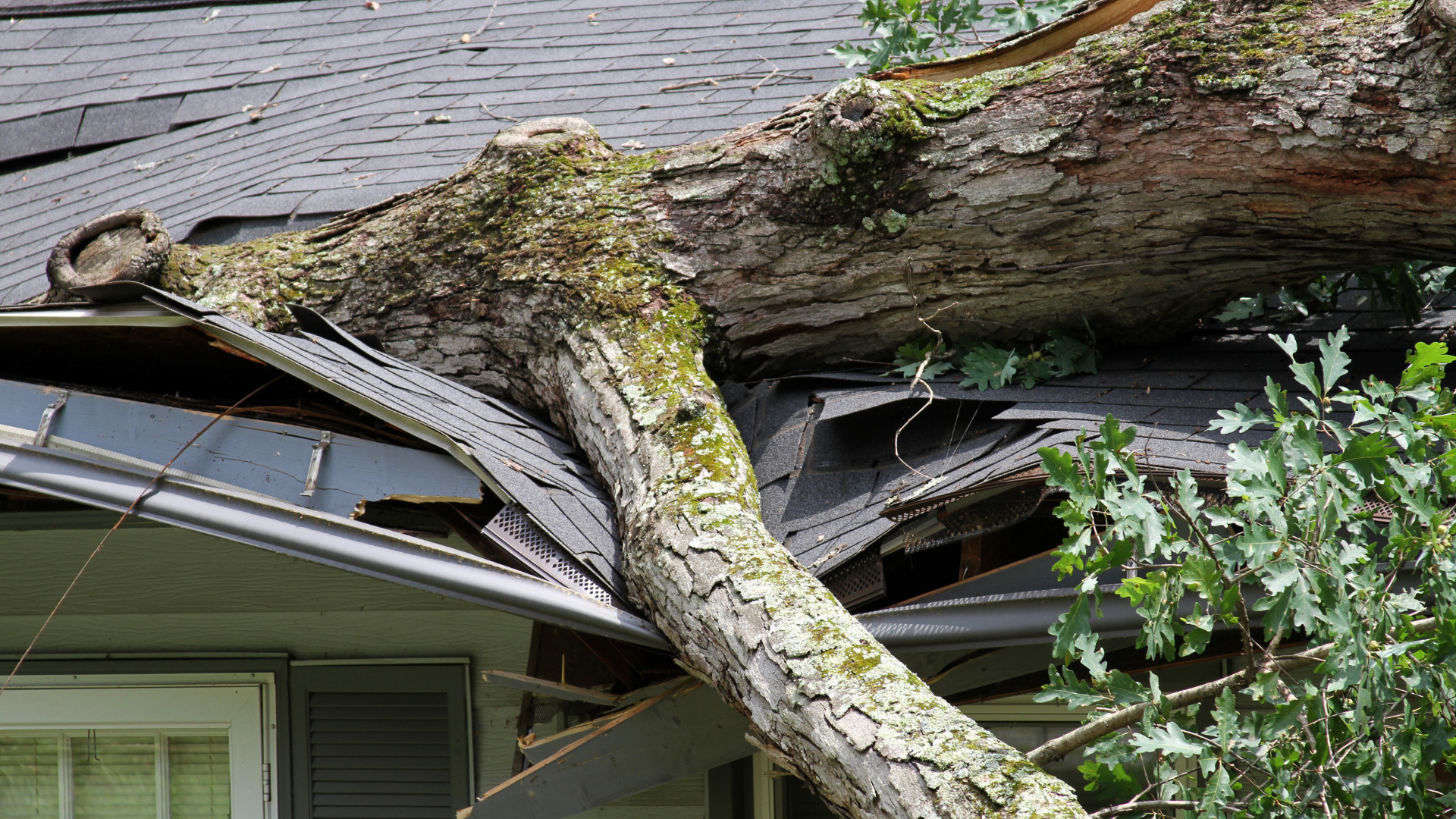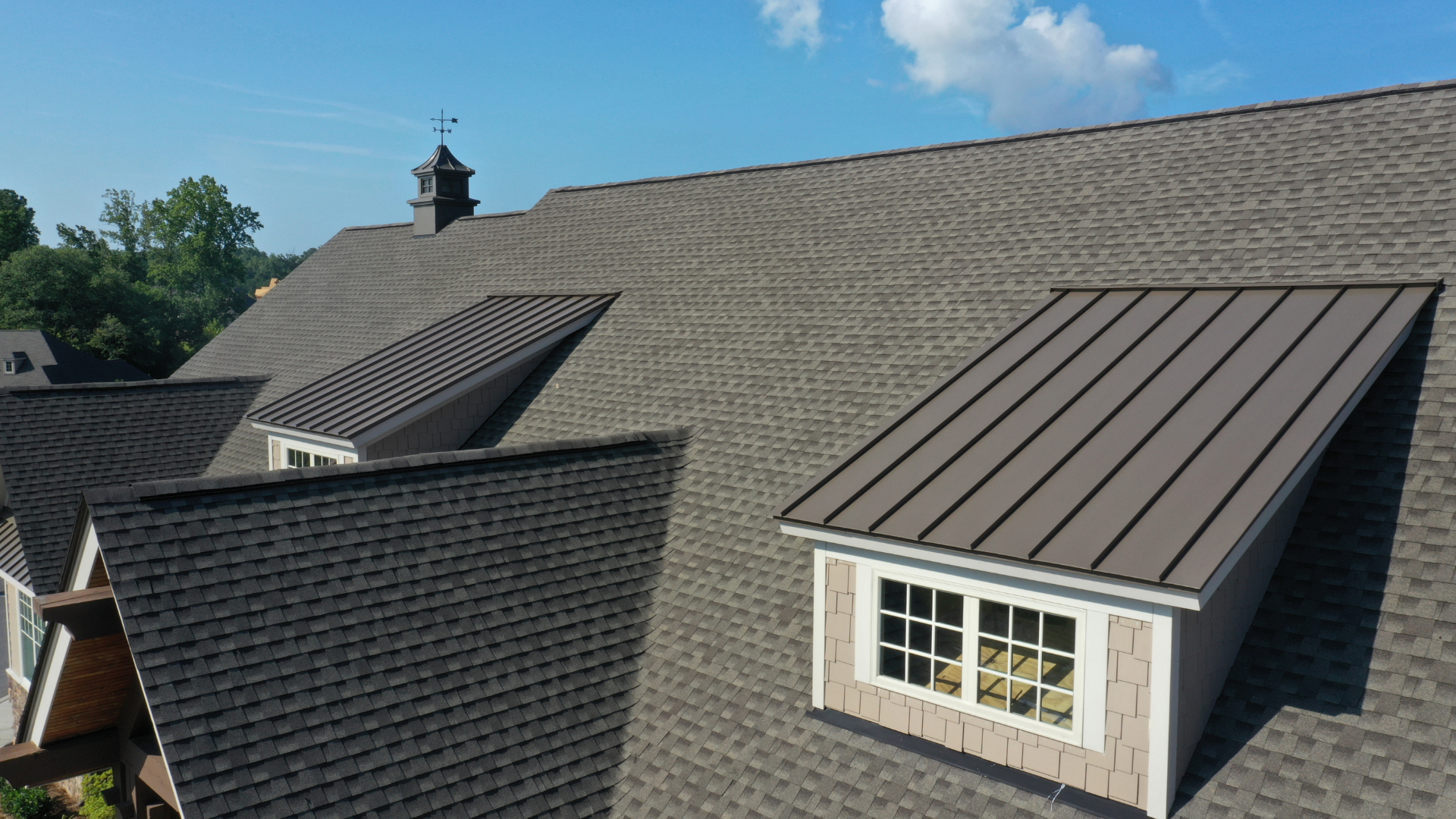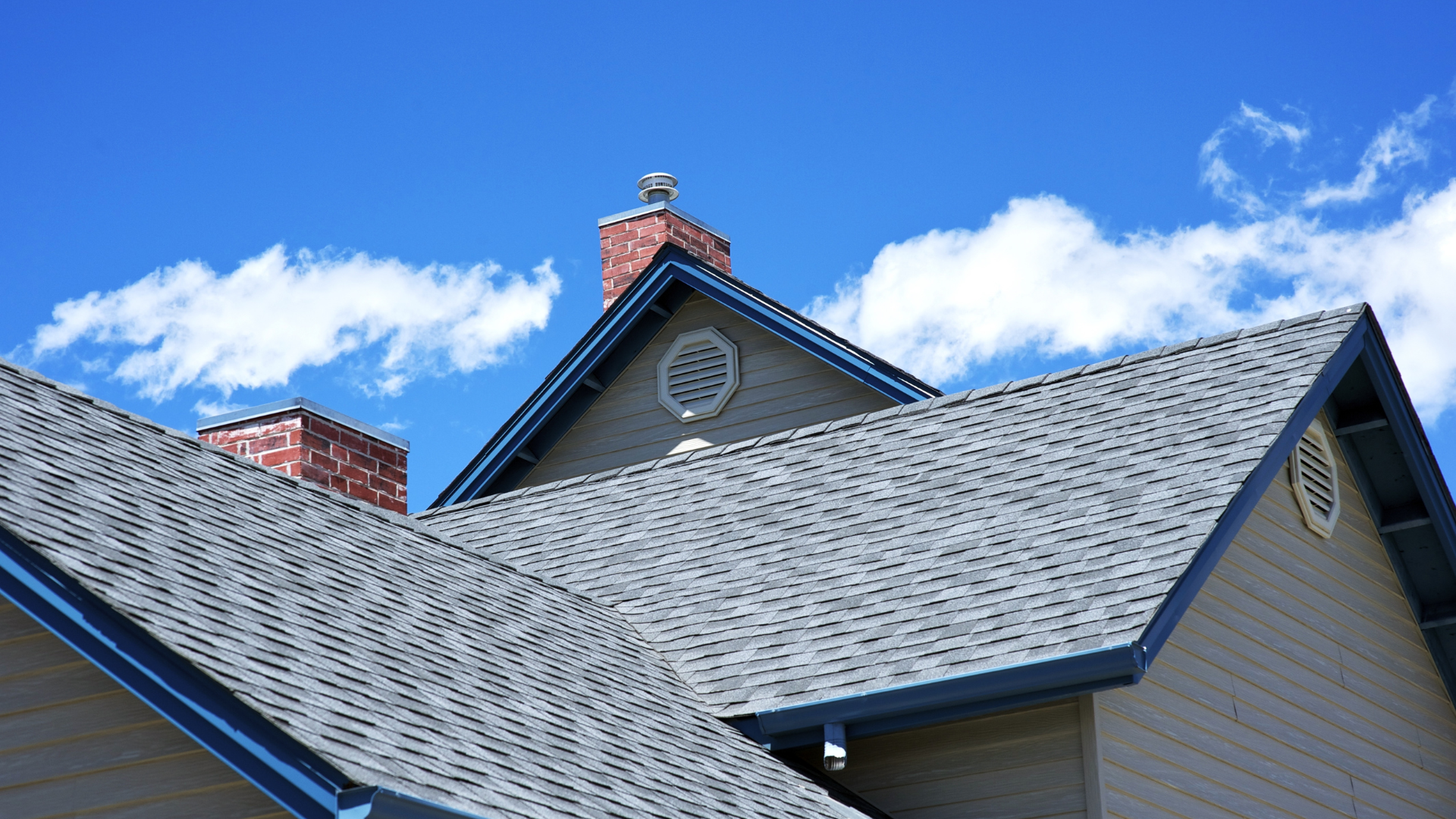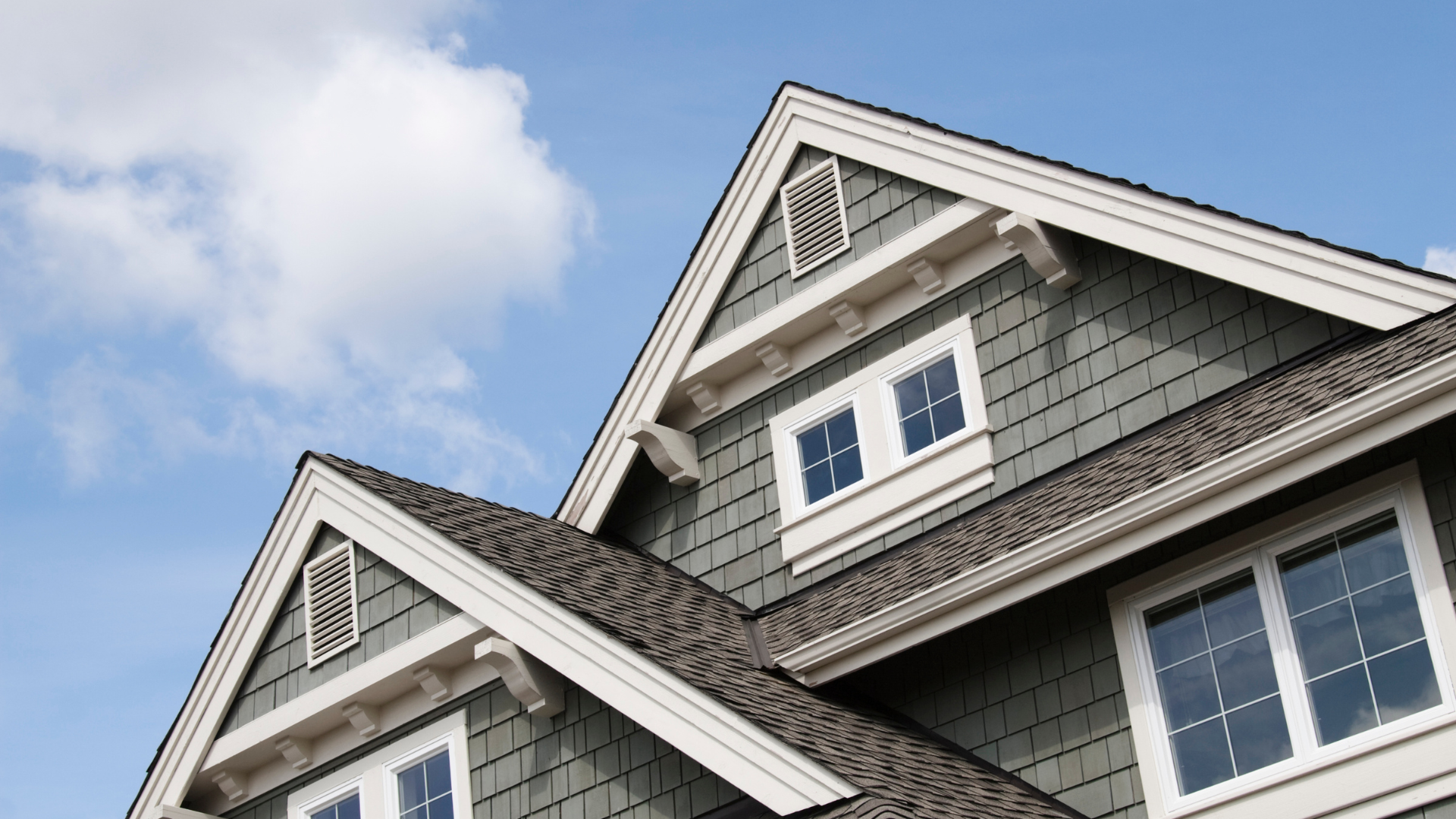Understanding Why You Must Rely on Insurance Adjusters for Claim Approval
When dealing with roof damage, many homeowners are eager to get their insurance claims approved so quickly so they can move forward with repairs. However, it's important to understand that no matter how certain you are that your roof has significant damage,
insurance adjusters have the final say on whether your claim is approved. While roofing contractors can provide a thorough inspection and even advocate on your behalf, only the insurance adjuster has the authority to officially approve or deny your claim.
In this article, we'll explore the role of
insurance adjusters, why you must rely on their decision for claim approval, and what steps you can take to ensure the process works in your favor.

The Role of Insurance Adjusters in the Claim Approval Process
Once you've noticed storm damage to your roof, the first step is usually contacting your insurance company. After filing your claim, they will either send an
insurance adjuster to assess the damage or instruct you to have a roofing contractor conduct an inspection. Even if they ask you to arrange the inspection first, it's the insurance adjuster who ultimately decides whether your claim will be approved.
Insurance adjusters are trained professionals responsible for evaluating the extent of damage to your property. They assess factors such as the cause of damage (e.g., wind, hail, or fallen trees) and how much of the roof needs repair or replacement. Based on their assessment, they will determine how much the insurance company will pay out.
While roofing contractors are experts in detecting storm damage, they don't have the authority to approve or deny claims. Their job is to document the damage and recommend necessary repairs, but only the
insurance adjuster
can officially decide if the damage is covered under your policy.
What Happens If Your Claim Is Denied
Mistakes happen—insurance adjusters are human, after all. It's possible for a claim to be denied, even if you believe your roof has a severe storm damage. If your claim is denied, don't panic. There are several steps you can take to challenge the decision.
First, review the denial letter carefully to understand why the claim was denied. In some cases, it could be due to missing documentation or a misunderstanding about the extent of the damage. If you believe the denial was a mistake, you can request a re-inspection or appeal that allows you to present additional evidence or request another assessment.
Another option is to hire a public adjuster, who can advocate on your behalf and work to get the claim re-evaluated. Public adjusters are professionals who work independently from your insurance company and can ensure that your case is properly reviewed.
Steps to Ensure Your Roof Is Properly Inspection
If you're adamant that your roof has storm damage, it's important to take the necessary steps to ensure that your claim is accurately assessed. Here are a few tips to help you through the roof damage insurance process:
- Get a Professional Roof Inspection: Even before you call your insurance company, consider hiring a roofing contractor to inspect your roof. Their report will serve as a detailed record of the damage, which can be valuable when discussing the claim with your adjuster.
- Document the Damage: Take photos or videos of the damage as soon as possible. Make sure to capture any visible issues, like missing shingles, leaks, or structural damage. This documentation will help support your claim when the insurance adjuster comes to assess the damage.
- Be Present During the Adjuster's Inspection: If possible, be present when the insurance adjuster conducts their inspection. This allows you to ask questions, address concerns and ensure that all damage is thoroughly documented
- Review Your Insurance Policy: Before your claim is processed, take the time to review your policy. Understand what is covered under storm damage and your deductible, so you know what to expect when the adjuster makes their decision.
- Get Multiple Opinions: If the insurance adjuster approves a partial payment or denies your claim, don't hesitate to seek a second opinion. Another adjuster or a public adjuster might uncover additional damage or find errors in the initial assessment.
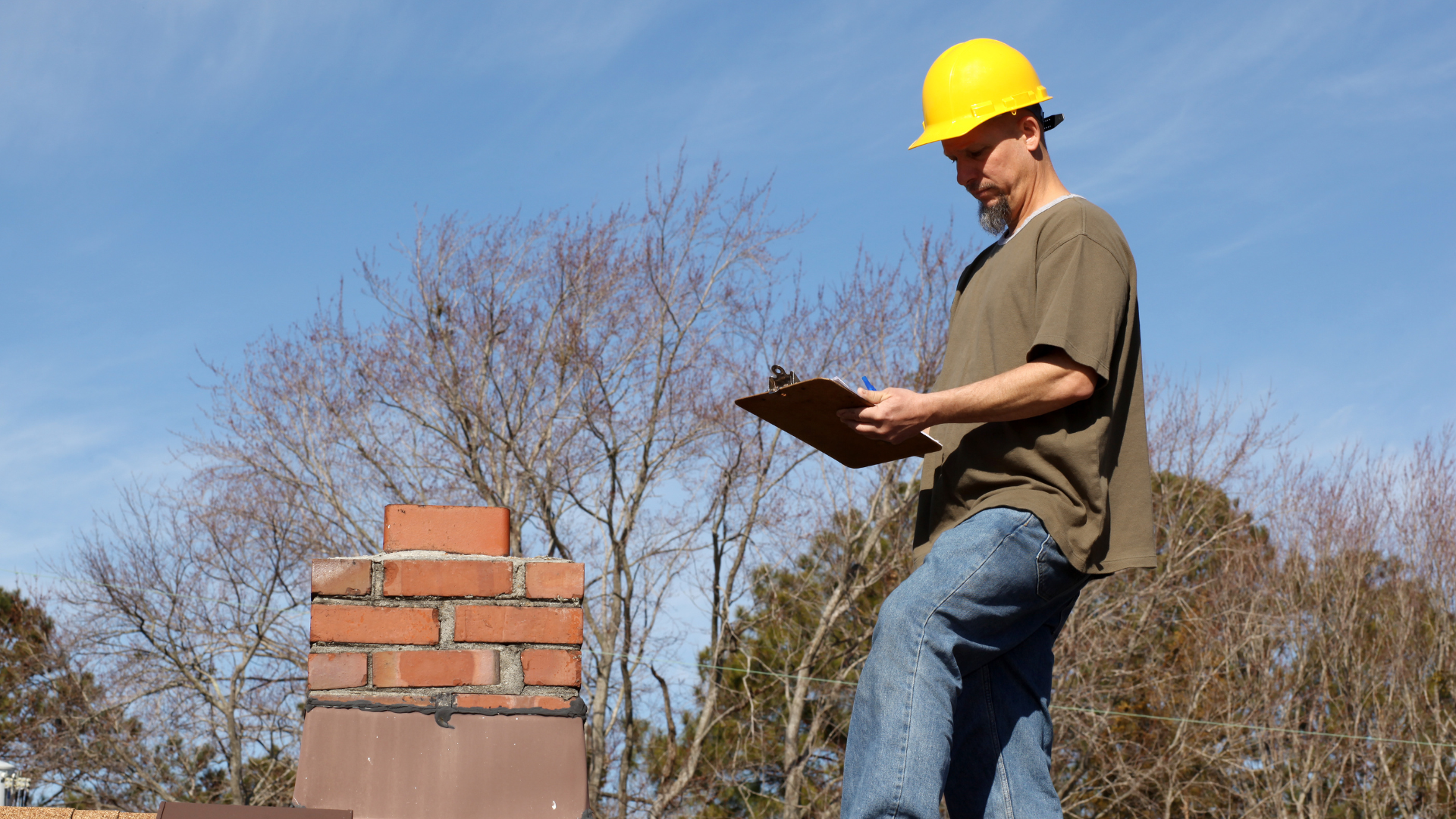
While insurance adjusters have the final say when it comes to claim approval, understanding their role in the roof damage insurance process is essential for homeowners. Although roofing contractors can assess the damage and advocate on your behalf, the insurance adjuster is the one who will make the final decision on whether your claim is approved or denied.
If your claim is denied or doesn’t fully cover the repairs you need, there are ways to challenge the decision and ensure your roof gets the attention it deserves. By following the tips outlined in this article, you can navigate the claims process with confidence and ensure your roof is repaired or replaced properly.
For any questions or to schedule an inspection, contact Right Hand Man today. Our team is ready to assist you in getting the roof repairs you need, with the insurance claim process made as smooth as possible.
